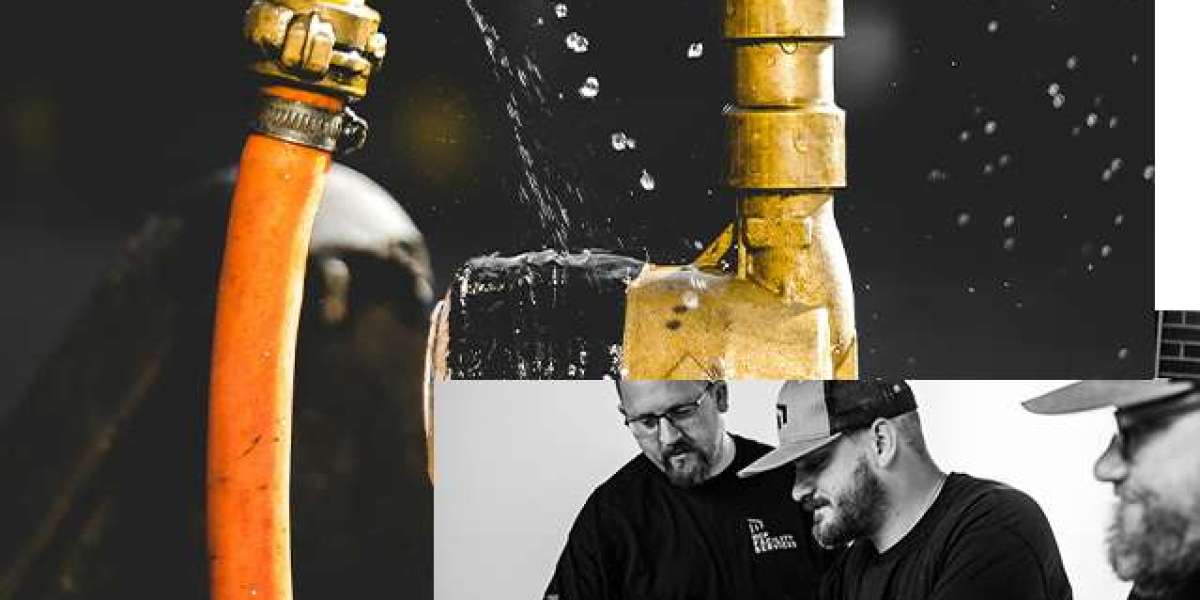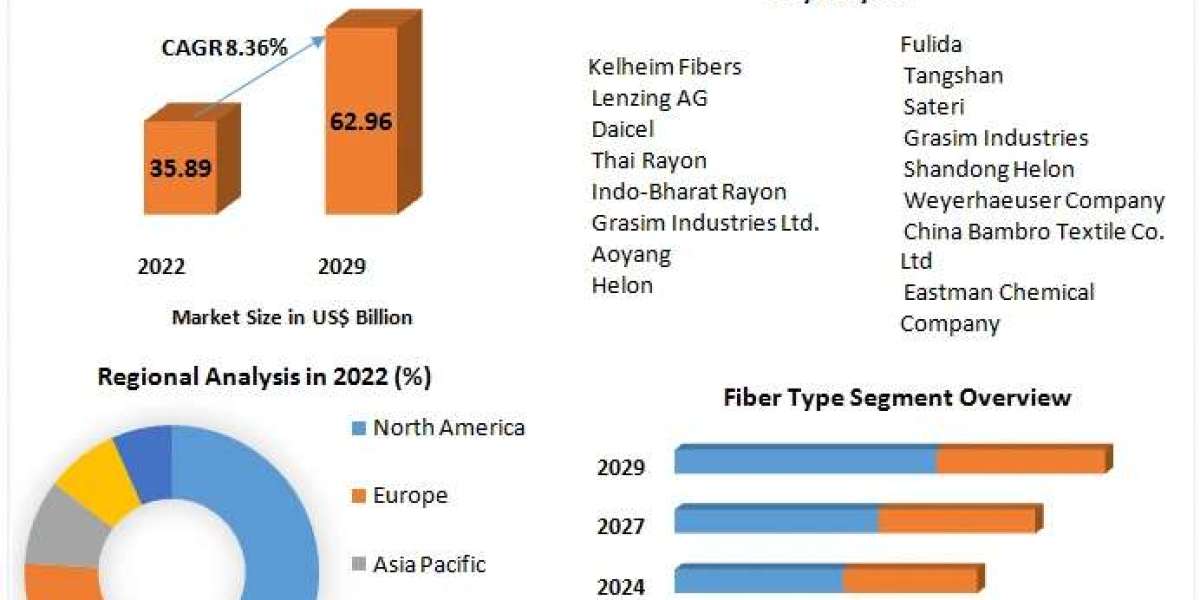Last month, a commercial building owner in Kansas watched in frustration as water damage spread across three floors of his office complex. What started as a "minor leak" quickly escalated into thousands of dollars in repairs and unhappy tenants threatening to break their leases. Six months later, after implementing strategic plumbing upgrades, he hasn't had a single water-related complaint.
These 7 strategic upgrades are about protecting your investment, ensuring code compliance, and keeping tenants satisfied while saving money in the long run.
Why Modernizing Plumbing Matters
Commercial buildings constructed decades ago weren't designed for today's water efficiency standards or usage patterns. Aging infrastructure creates a perfect storm of problems: higher maintenance costs, frequent breakdowns, and non-compliance with current building codes. As water costs continue rising and environmental regulations tighten, outdated plumbing systems become financial liabilities. Beyond the immediate costs, poor plumbing performance directly impacts your property value and tenant retention. Modern plumbing upgrades typically pay for themselves through reduced water bills, fewer emergency repairs, and increased building appeal to prospective tenants.
The 7 Must-Consider Upgrades
Working with experienced Kansas Commercial Plumbing Services can help you prioritize these upgrades based on your building's specific needs and budget.
- Low-Flow Fixtures for Restrooms and Kitchens
These EPA WaterSense certified fixtures reduce water consumption by 20-30% without sacrificing performance. Beyond immediate water bill savings, they demonstrate environmental responsibility to tenants and help meet LEED certification requirements. The average commercial building saves $1,200-$3,000 annually on water costs alone.
- Touchless Faucets
Post-pandemic hygiene expectations have made touchless fixtures essential, not optional. These systems reduce water waste by automatically shutting off and minimize maintenance needs by reducing wear on mechanical components. They also project a modern, professional image that tenants and visitors notice immediately.
- Smart Leak Detection Sensors
These wireless sensors provide real-time alerts to your smartphone or building management system, allowing you to address leaks before they become disasters. Installation typically costs less than one major water damage incident, and many insurance companies offer premium discounts for buildings with smart leak detection systems.
- Backflow Prevention Devices
Required by most municipal codes, these devices protect your building's water supply from contamination. Non-compliance can result in hefty fines and potential liability issues. Modern backflow preventers are more reliable and require less maintenance than older models, making this upgrade both a legal necessity and smart investment.
- Tankless Water Heaters
These units provide unlimited hot water while using 30-40% less energy than traditional tank systems. They also free up valuable mechanical room space and last longer than conventional water heaters. For buildings with variable occupancy, tankless systems eliminate the waste of heating water that sits unused.
- Water Pressure Regulators
Proper pressure regulation prevents pipe stress, reduces fixture wear, and can extend your plumbing system's lifespan by years. High water pressure might seem beneficial, but it actually increases maintenance costs and can void fixture warranties. Regulators typically pay for themselves within the first year through reduced repairs.
- Pipe Lining and Relining
For buildings with aging pipes, lining technology offers a cost-effective alternative to complete replacement. This process restores pipe functionality at 60-70% less cost than traditional replacement, with minimal disruption to building operations. Modern lining materials can extend pipe life by 50+ years.
Bonus Tip: Preventive Maintenance Contracts
Even with the best upgrades, regular maintenance remains crucial for optimal performance and longevity. Professional maintenance contracts provide scheduled inspections, routine servicing, and priority response for any issues that arise. This proactive approach reduces the likelihood of emergency repairs and helps maintain warranty coverage on your new systems. Most building owners find that maintenance contracts cost less than two emergency service calls per year.
In addition to cost savings, preventive maintenance ensures consistent indoor air quality, improves energy efficiency, and identifies minor issues before they become major problems. Technicians can track system performance over time and recommend adjustments or upgrades as needed, helping you stay ahead of seasonal demands. Many commercial HVAC providers offer customizable plans based on your building’s size, equipment type, and usage patterns. With a reliable maintenance partner, you gain peace of mind, fewer disruptions to your operations, and a longer lifespan for your heating and cooling systems.
Conclusion
If your building's plumbing is stuck in the past, it's costing you money in the present and putting your future at risk. These seven upgrades represent smart investments that protect your property, satisfy tenants, and reduce operating costs. Don't wait for the next plumbing emergency to force your hand. Consult with specialized Kansas Commercial Plumbing Services to assess your current systems and develop an upgrade plan that fits your budget and timeline. Your bottom line and your tenants will thank you.
Ready to modernize your commercial plumbing? Contact our certified commercial plumbing specialists today for a comprehensive building assessment and customized upgrade recommendations.



